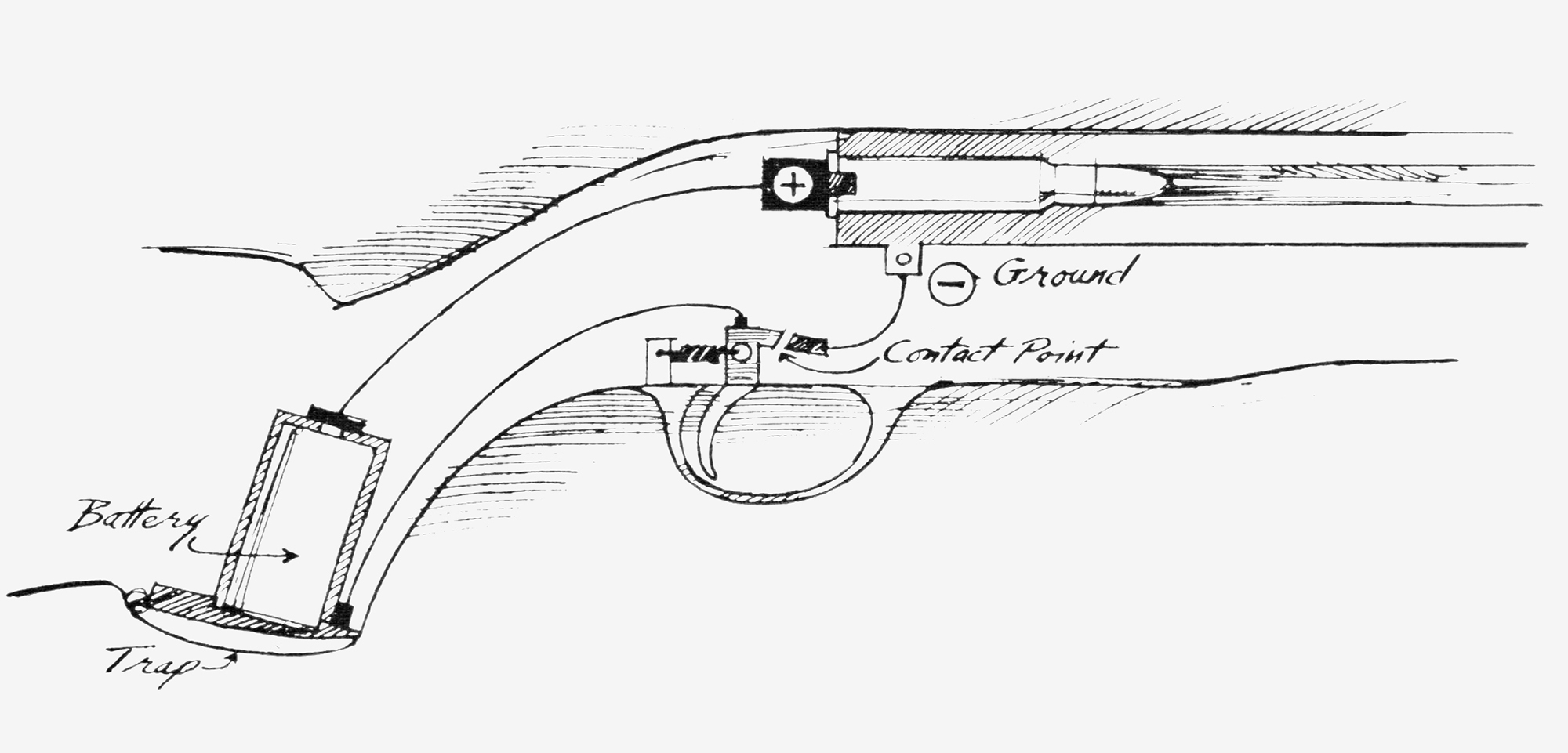Remember These Wild 80s Gun Predictions? Let's See How Right (or Wrong) They Were!

Back in the late 1980s, when shoulder pads were big and synth-pop ruled the airwaves, our shooting editor, with a healthy dose of optimism and a keen eye on emerging technologies, made some pretty bold predictions about the future of rifle and shotgun technology. It was a time of rapid innovation, and the possibilities seemed endless. But how did those predictions hold up over the decades? Let's take a trip down memory lane and revisit those forecasts, separating the hits from the misses.
One of the biggest predictions centred around the widespread adoption of electronic sights. The idea was that these sights, with their adjustable brightness and potential for advanced features like bullet drop compensation, would revolutionise hunting. While electronic sights *have* become increasingly popular, particularly in long-range shooting disciplines, they haven’t completely taken over the hunting scene like our editor envisioned. Battery life, durability in harsh conditions, and cost have all been factors limiting their universal appeal. Traditional scopes, with their proven reliability and simpler design, still hold a significant share of the market, especially amongst seasoned hunters.
Another prediction involved the development of 'smart' ammunition. The concept was that bullets would contain embedded sensors allowing hunters to track their trajectory and impact point with incredible accuracy. Imagine knowing *exactly* where your shot landed, even in thick cover! While advancements in bullet technology *have* been made, including improved accuracy and penetration, the 'smart' ammunition concept hasn’t quite materialized. The complexity and cost of embedding sensors within each round proved to be prohibitive. Furthermore, concerns about regulatory hurdles and potential misuse have also slowed down development in this area.
However, not all predictions were off the mark. The editor correctly foresaw the increasing importance of lightweight materials in firearms. The shift towards polymer frames and composite stocks has dramatically reduced the weight of rifles and shotguns, making them easier to carry and maneuver, especially during long hunts. This trend continues today, with manufacturers constantly seeking new and innovative ways to shave off weight without compromising strength or durability. The rise of carbon fibre and other advanced materials is a testament to this prediction's accuracy.
Finally, a prediction about improved recoil reduction technology proved surprisingly prescient. While active recoil mitigation systems haven’t become commonplace, advancements in muzzle brakes, recoil pads, and stock designs have significantly reduced felt recoil, allowing shooters to handle more powerful firearms with greater comfort and control. This has opened up hunting opportunities for a wider range of individuals and improved accuracy for experienced shooters.
Looking back, it's fascinating to see how some of these predictions played out. Technology has certainly advanced, but the core principles of hunting – accuracy, reliability, and adaptability – remain unchanged. Perhaps the biggest takeaway is that while innovation is exciting, sometimes the tried-and-true methods still reign supreme. So, what do *you* think the future holds for rifle and shotgun technology? Let us know in the comments below!






